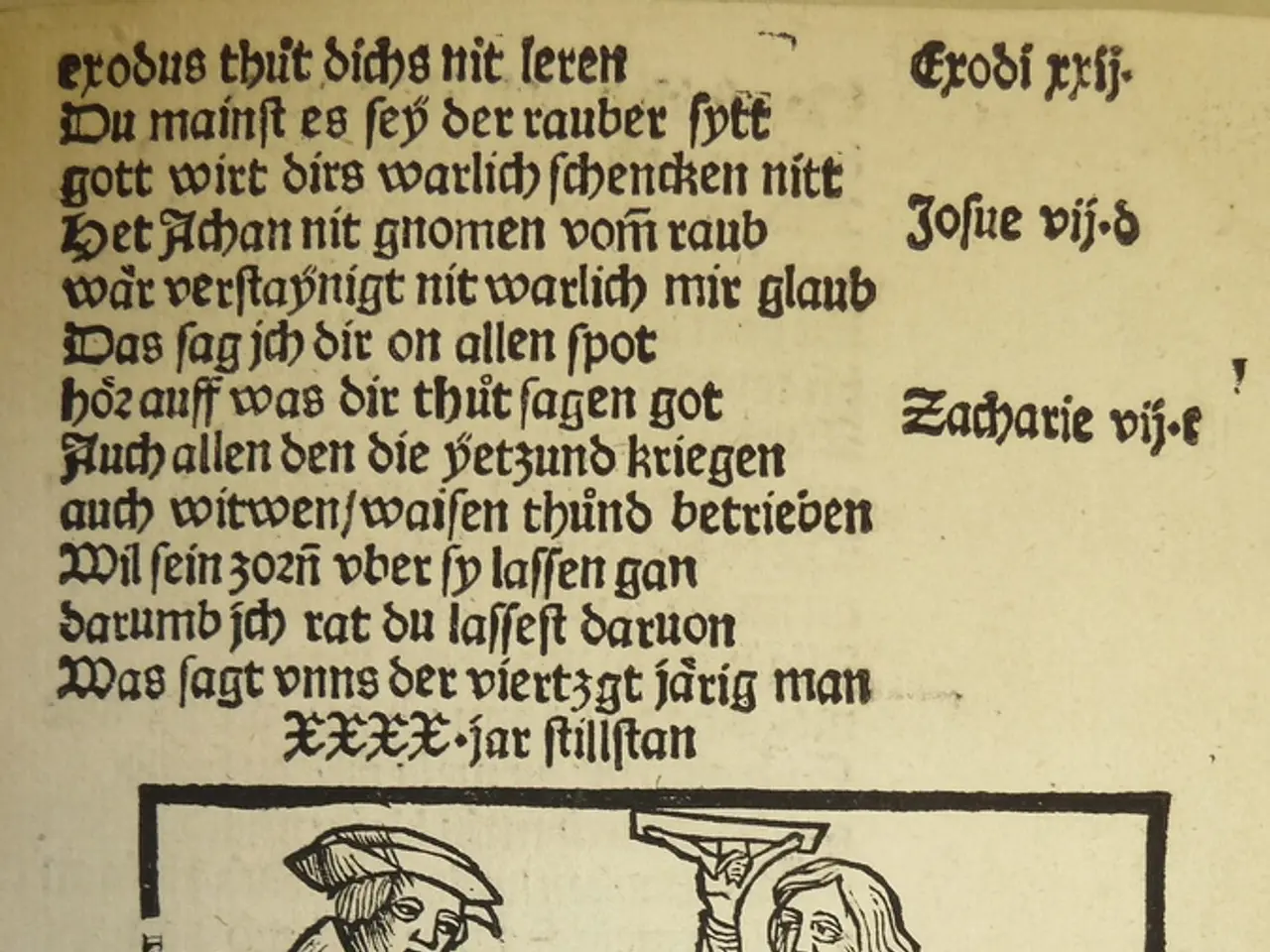Controversy unfolds over the three-language rule in the National Education Policy, with G. Babu Jayakumar at the heart of the debate
In the ongoing controversy between Union Education Minister Dharmendra Pradhan and political leaders from Tamil Nadu, the issue of language policy and the National Education Policy (NEP) has taken centre stage. The controversy was ignited by Pradhan's question about Tamil Nadu's reluctance to implement the NEP and the three-language system, which he linked to his ministry's refusal to release funds for the PM SHRI project.
The resistance to Pradhan's bid to arm-twist the government into adopting the NEP is not surprising, given Tamil Nadu's historical opposition to Hindi imposition. This resistance has been deeply embedded in the collective consciousness of the people of Tamil Nadu since 1938, when the anti-Hindi agitations began as a reaction against the imposition of Hindi on the Tamil-speaking population. These agitations were led by figures like E.V. Ramasamy (Periyar) and the Justice Party, and involved large-scale protests, imprisonments, and even deaths of agitators.
The more violent and widespread agitation in the 1960s, led by the Dravida Munnetra Kazhagam (DMK), involved direct action protests and severe police repression, resulting in casualties and threats to law and order. These movements are part of the broader Dravidian movement that challenged Hindi and Brahminical dominance, shaping Tamil Nadu’s distinct regional identity.
The impact of these agitations on Tamil Nadu's political landscape was profound. They helped consolidate Dravidian political identity, leading to the rise of parties like the DMK, which capitalized on anti-Hindi sentiment to come to power in the 1967 state elections. This marked the beginning of continuous Dravidian party dominance in Tamil Nadu politics. The agitations also influenced national language policy: the central government promised to continue English as an associate official language indefinitely to calm the unrest.
Present Chief Minister M.K. Stalin, as working president of the DMK, warned of a language revolution in 2017 when a court ordered the opening of Jawahar Navodaya Vidhyalayas in the State. However, students from all over India flock to Tamil Nadu for higher education without any hassle, and many Tamil Nadu students have achieved great success in scientific establishments like the Indian Space Research Organisation and even headed Google without learning Hindi.
The controversy has escalated into a blame game, with Pradhan accusing the Tamil Nadu government of reneging on its assurance to implement the project. The DMK's stance on the NEP and the three-language formula has the potential to revive or strengthen the DMK's political fortunes, according to Pradhan. However, Pradhan's criticism of the DMK, including recalling the heckling of former chief minister J. Jayalalithaa and accusing them of retrograde politics, has had no impact on the popularity of the party.
It's worth noting that Tamil Nadu is home to many Hindi-speaking families and several people have migrated to Hindi-heartlands and settled down there. A sizable portion of the burgeoning workforce of Tamil Nadu comprises Hindi speakers, who face no discrimination. The people of Tamil Nadu feel that it's all hunky dory without Hindi, as English fuels their dreams of overseas education and jobs, driven by an urge to conquer the digital world.
In conclusion, Tamil Nadu’s anti-Hindi agitations are central to its political history, fostering a strong regional identity and a unique political trajectory dominated by Dravidian parties opposing Hindi imposition. The controversy between Pradhan and Tamil Nadu political leaders is a reminder of this enduring history and the unique political dynamics at play in Tamil Nadu.
References:
[1] Nair, K. (2018). The Anti-Hindi Agitations in Madras Presidency: A Study of E.V. Ramasamy's Role. Economic and Political Weekly.
[2] Ramaswamy, S. (2007). Anti-Hindi Agitations in Tamil Nadu: A Study of the Language Movement in Tamil Nadu. Journal of Political Science.
[3] Periyar, E.V. (1955). My Life. Madras: The Theivam Publications.
[4] Sivaram, R. (2008). The Dravidian Movement: A History of the Dravidian Movement in Tamil Nadu. New Delhi: Oxford University Press.
[5] Subramaniam, N. (2013). Dravidian Politics in India: The Making of a Movement. New Delhi: Routledge.




